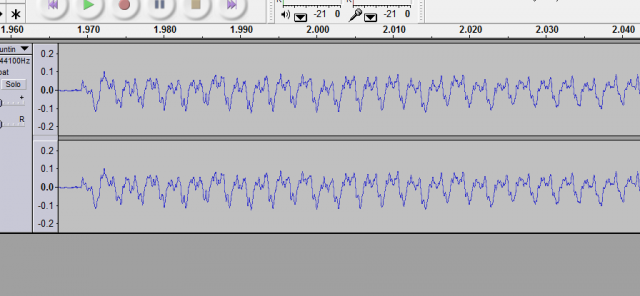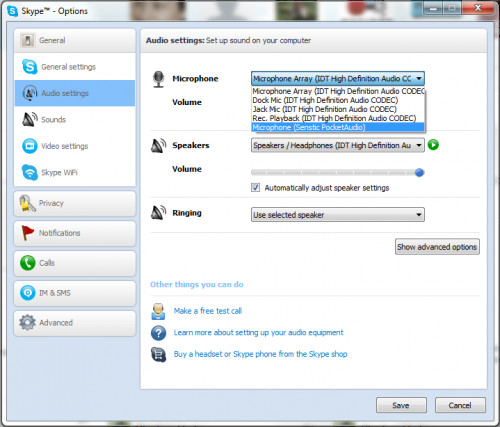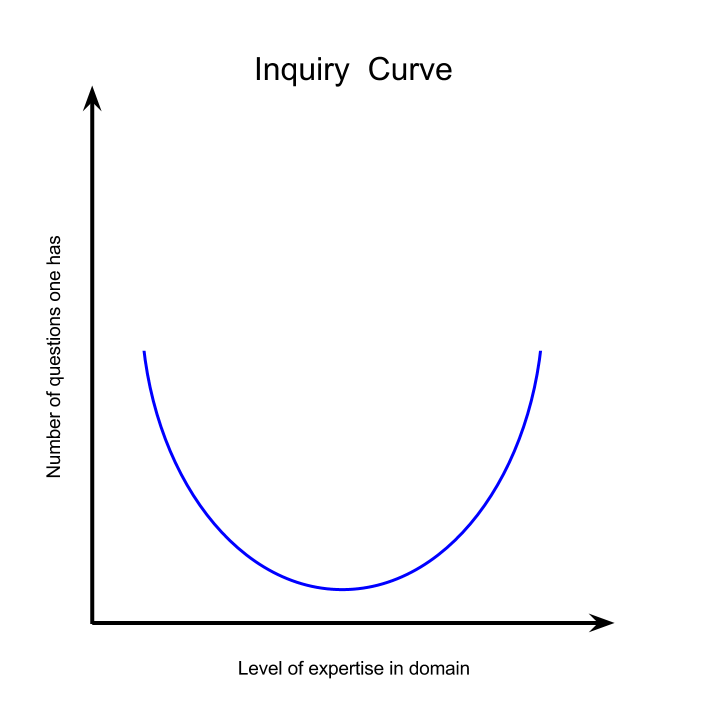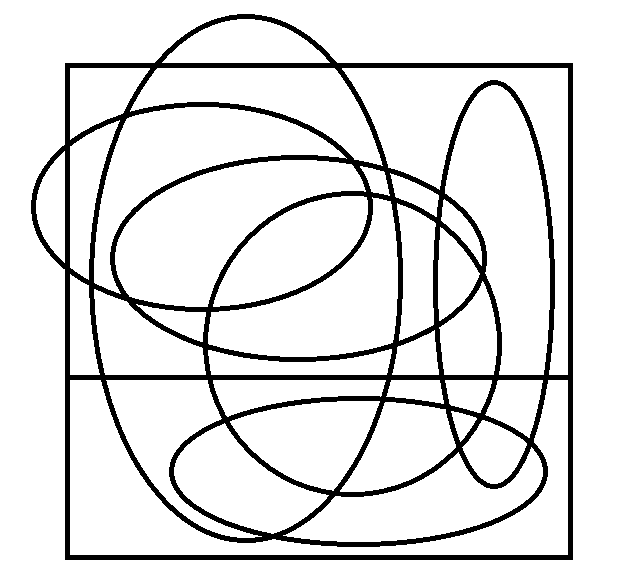Code.org has released a video of some big names in the programming world talking about their first experiences in computer programming, and why they think everyone should learn to code.
The reasons they give are that programming teaches you to think (via a quote from Steve Jobs), it helps you learn how to decompose problems into smaller steps, that learning how to program gives you power, and that it is a fundamental literacy in an age of ubiquitous computing.
I don’t see the "there will be lots of jobs available for you" reason that this video presents as a particularly good reason to learn how to program. What if the jobs that were required were jobs that did not give you power, or did not make you think? If everyone did know how to program, do you think that those offices would still look as cool?
Compare this first video to this video of Seymour Papert talking about computers and learning.
Notice that this video also presents the same reasons as in the first video (aside from future potential for jobs) but it gives agency for learning and presenting these reasons to children. I think that the second video is a more powerful as a result.
The video of Seymour Papert is from about 30 years ago and has a little over 9000 views on YouTube. The Code.org video is from a few days ago and already has more than 3 million views. It would be amazing if we could make this idea of Seymour’s – that computers give students agency in learning – a reality, and if we could give it as much coverage as the first video.
* If you are reading this in your email, you can view the videos online here.





